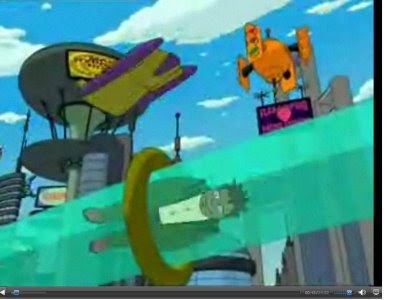Evacuated Tube Transport shows us the future of travel
A futuristic vacuum train could cut the travel time between the two cities by nearly 90%, or even take travelers from Washington D.C. to Beijing in just two hours — all of this done without ever touching the sky.
A company called ET3 is currently selling licenses for its Evacuated Tube Transport (ETT) system, which it claims is a safer, cheaper, greener and faster means of transportation. These futuristic “vactrains” are designed to travel through tunnels that have had all of the air sucked out of them to minimize friction, theoretically enabling the train to reach speeds of up to 4,000 miles per hour.
The concept of the modern vactrain was first introduced more than 100 years ago, when American engineer Robert Goddard drew up specs for a prototype in the 1910s while attending Clark University.







